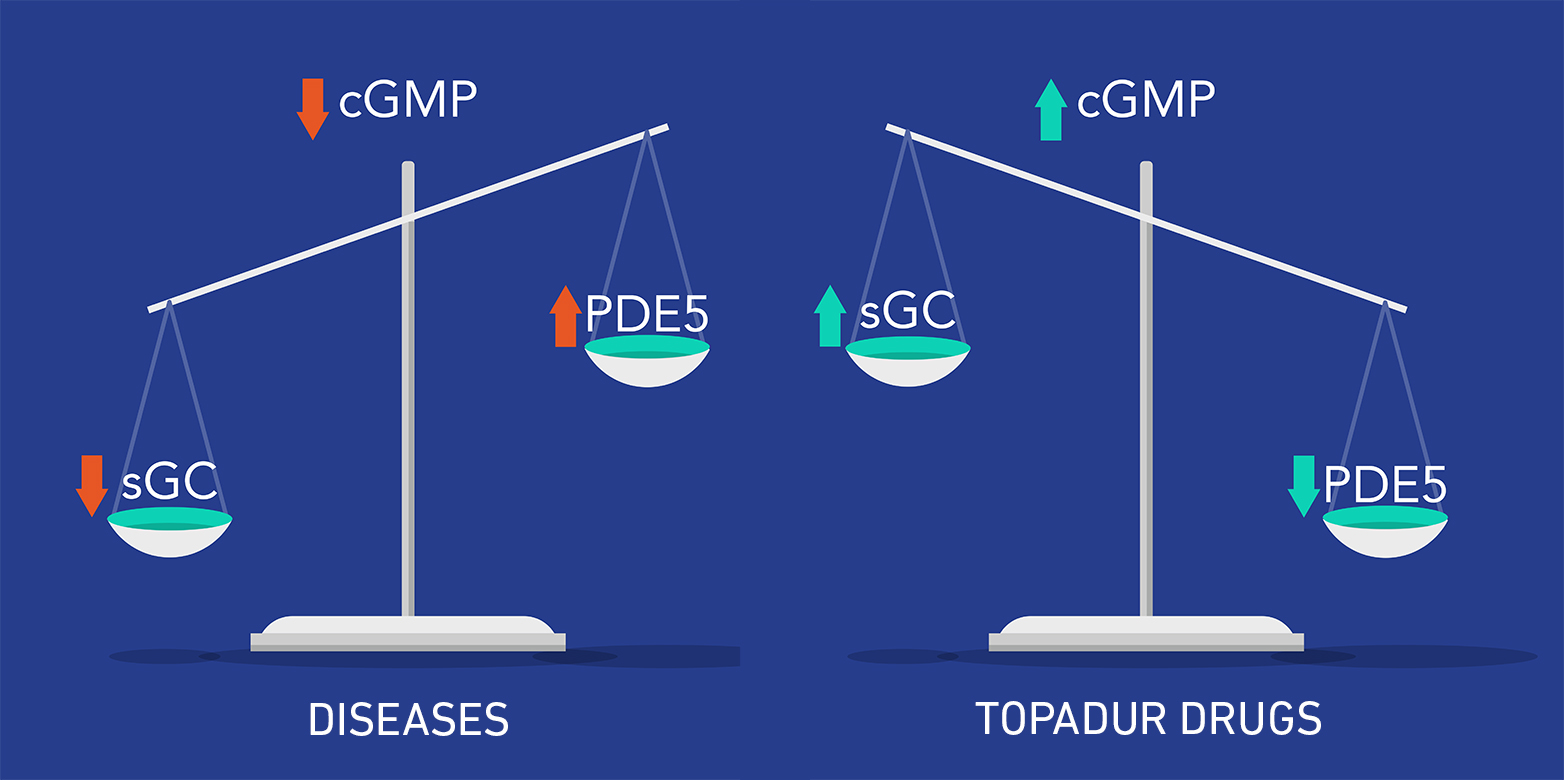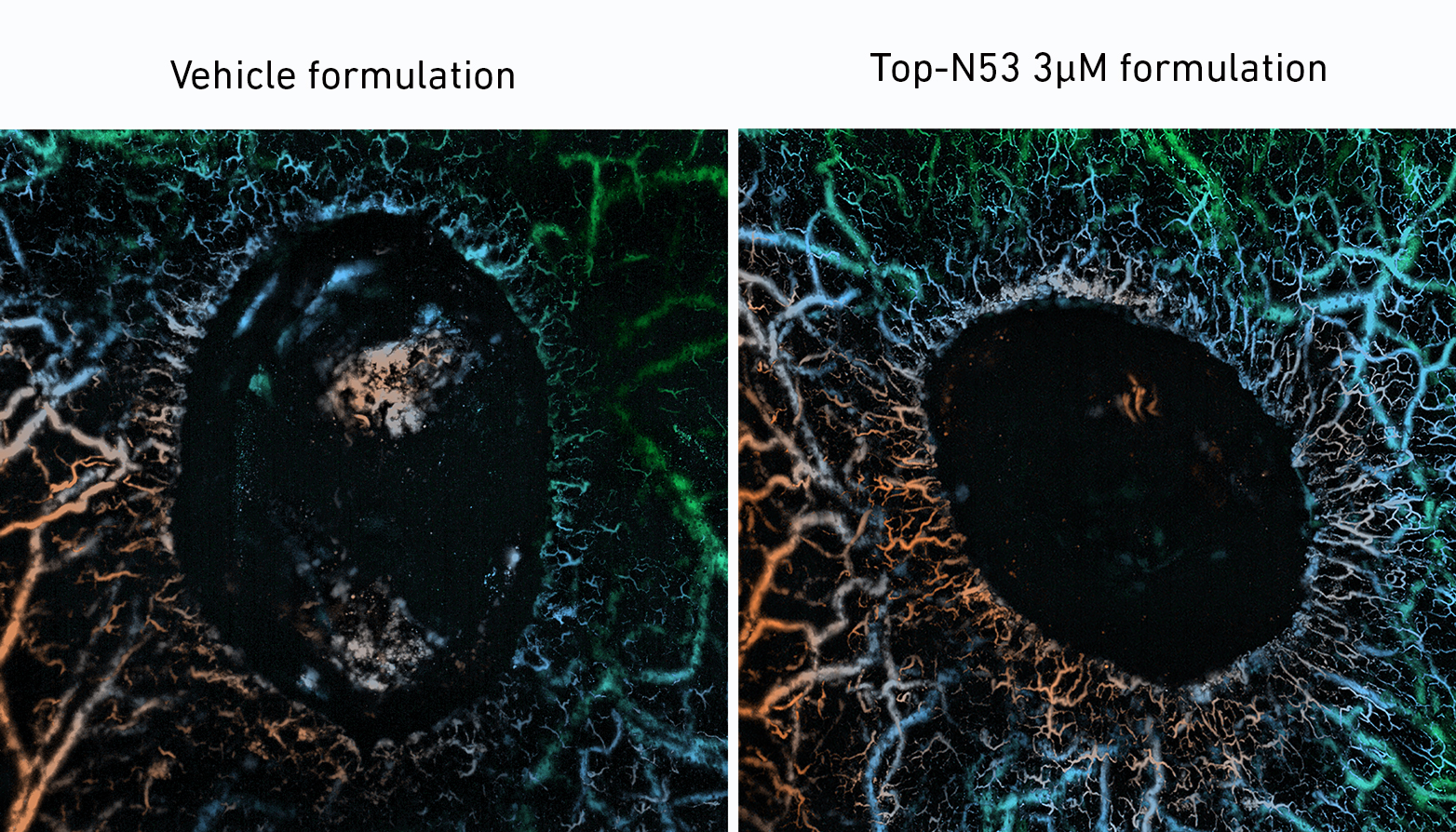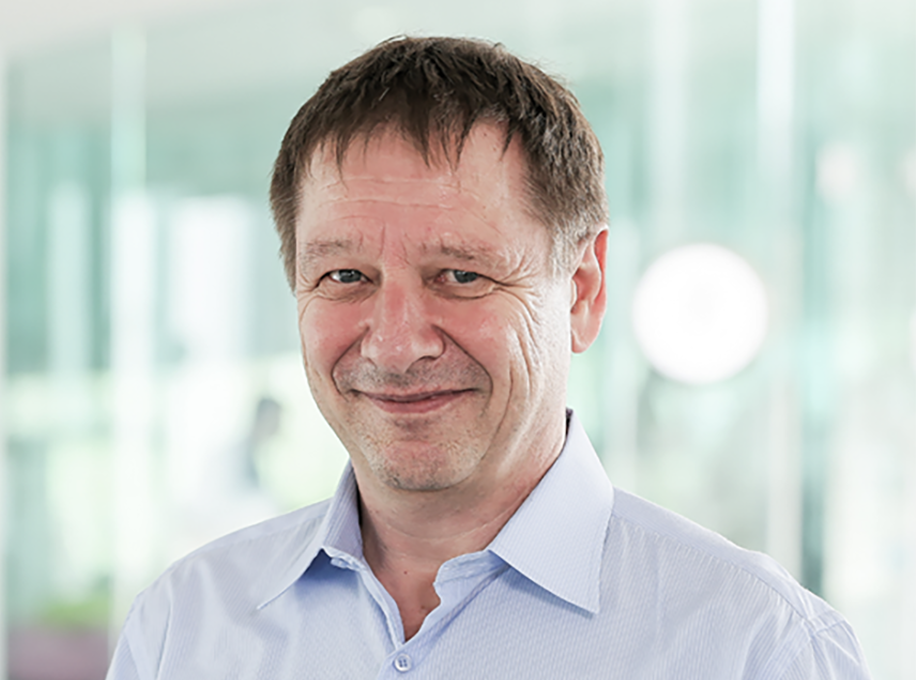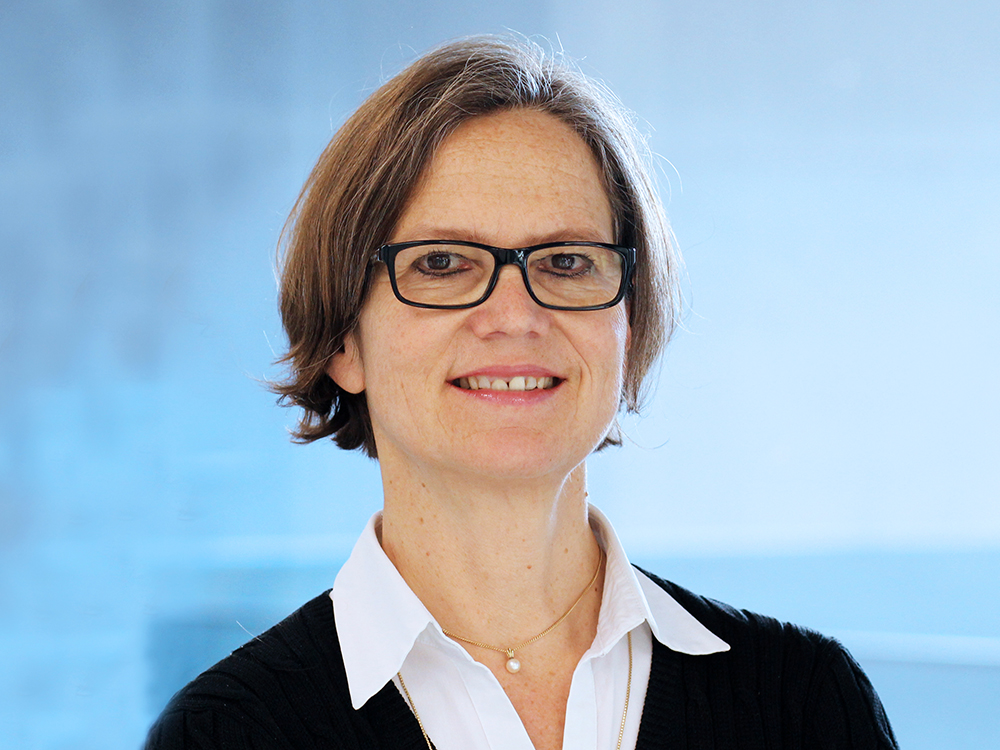Towards a cure for chronic wounds
A new drug developed by the company TOPADUR Pharma AG brings hope to millions of patients with chronic non-healing wounds. The cooperation with ETH is now taking the product a significant step forward.

"It's a shame that people are still dying from chronic wounds," Reto Naef, CEO of TOPADUR, summarises the sad reality. People with diabetes are particularly affected. Due to impaired blood circulation, wounds develop primarily on the feet and do not heal, resulting in the formation of chronic skin ulcers. Because of this, over one million lower extremity amputations occur each year, resulting in high morbidity and even mortality. Despite this great suffering, there is still a lack of pharmacological therapies. Only a few companies are developing drugs; these are still in the early stages and far from being approved.
A ground-breaking discovery
TOPADUR has made enormous efforts to solve this problem. Their approach was to look for active agents that address impaired blood flow. The company synthesised more than 60 highly active drug candidates. The breakthrough came with the discovery of specific enzymes that increase skin blood flow and oxygenation as potential targets for the treatment of impaired wound healing. These enzymes are the basis of the new drug TOP-N53.

Success through partnerships
"To turn a discovery into a marketable drug, you need strong partnerships," says Reto Naef. In addition to clinical partners, he has also teamed up with ETH Zurich as an academic partner. Prof. Sabine Werner's team conducts research in the field of tissue repair and cancer and has great expertise in wound healing. TOPADUR and ETH have conducted an Innosuisse-funded project to fully characterise the effect of TOP-N53 in diabetic wound models.
Scientific findings
"We value the cooperation with TOPADUR because the company also supports fundamental research in our laboratory and enables exchange of expertise," explains Prof. Sabine Werner. Her group investigated various phenotypes of TOP-N53-treated wounds at a molecular and cellular level and also used in vivo imaging techniques in collaboration with the laboratory of Prof. Daniel Razansky (ETH and University of Zurich). They were able to establish successful treatment regimens in mice and thus proved the efficacy of the drug.

Promising results
Thanks to the partnerships, the drug TOP-N53 has already been tested in clinics (first-in-human study) and passed phase 1. The drug showed no side effects and is well on the way to first clinical trials in patients with chronic wounds.
Contact/Links:
Institute of Molecular Health Sciences, Prof. Sabine Werner
Do you want to get more "News for Industry" stories?
external pageFollow us on LinkedIn
Are you looking for research partners at ETH Zurich?
Contact ETH Industry Relations


